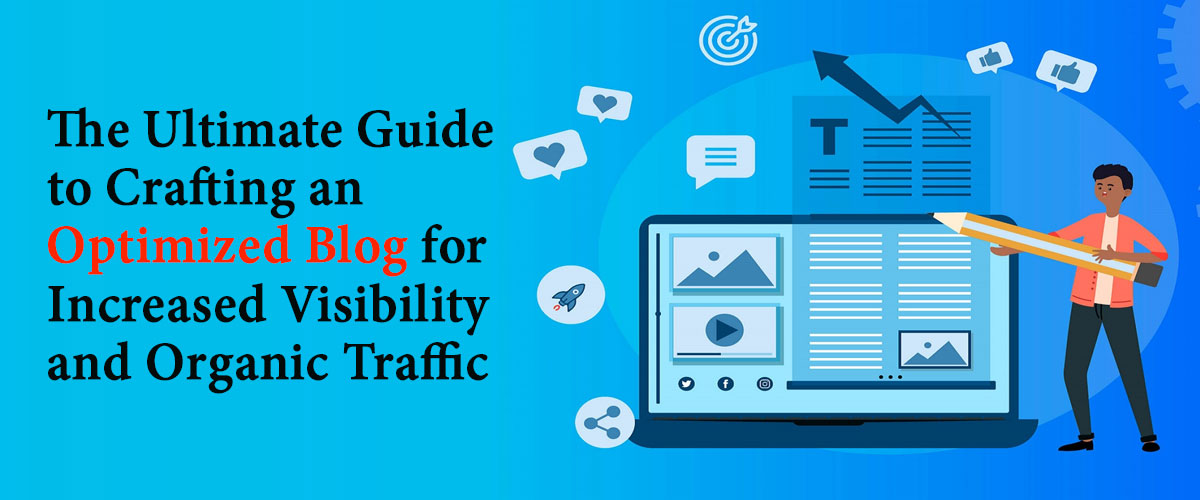Creating a blog optimized for SEO (Search Engine Optimization) involves strategic planning and implementation of various techniques to improve the blog’s visibility and ranking on search engine results pages (SERPs). A well-optimized blog not only attracts more organic traffic but also enhances its online presence. Here’s a guide to help you craft an SEO-friendly blog:
Title and Keywords
Keyword Research: Begin by conducting thorough keyword research using tools like Google Keyword Planner, SEMrush, or Ahrefs. Identify relevant keywords and phrases with high search volume and low competition.
Title Optimization: Craft a compelling title that includes your primary keyword. Keep it concise, clear, and engaging to entice readers and search engines alike.
Content Creation
High-Quality Content: Produce valuable, informative, and engaging content that addresses the user’s query or solves a problem. Aim for long-form content (1,500+ words) as it often performs better in search rankings.
Keyword Placement: Integrate your primary and secondary keywords naturally throughout the content. Avoid keyword stuffing, as it can negatively impact readability and SEO.
Headers and Subheadings: Use H1, H2, and H3 tags to structure your content. This makes it more scannable for readers and signals important information to search engines.
Optimized URLs: Create SEO-friendly URLs that include relevant keywords and are easily understandable.
On-Page Optimization
Meta Tags: Write compelling meta titles and descriptions using relevant keywords to encourage clicks in the SERPs. Ensure they accurately represent the content.
Image Optimization: Optimize images by using descriptive file names and alt tags that include keywords. This improves accessibility and helps search engines understand the content.
Internal and External Links: Include both internal links (to other relevant pages on your website) and external links (to authoritative sources). This enhances user experience and SEO.
User Experience and Technical Optimization
Mobile Responsiveness: Ensure your blog is mobile-friendly, as more users access the internet through mobile devices.
Page Speed: Improve loading times by optimizing images, using a reliable hosting provider, and minimizing unnecessary scripts or plugins.
Secure Site: Switch to HTTPS to ensure a secure connection, which is a ranking factor for search engines.
Promotion and Analytics
Social Media Promotion: Share your blog posts across various social media platforms to increase visibility and drive traffic.
Monitor and Analyze: Use tools like Google Analytics to track the performance of your blog. Analyze metrics such as traffic, bounce rate, and user engagement to make data-driven decisions for optimization.
Conclusion
Creating an SEO-friendly blog involves a blend of quality content, strategic optimization, and ongoing analysis. By implementing these best practices, your blog can rank higher in search results, attract more organic traffic, and ultimately reach a larger audience. Continuously monitor and adapt your strategies to stay ahead in the dynamic landscape of SEO.



